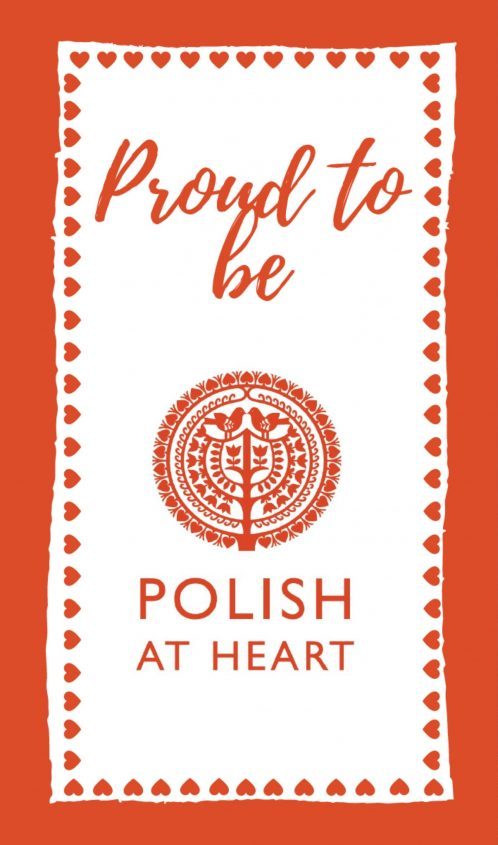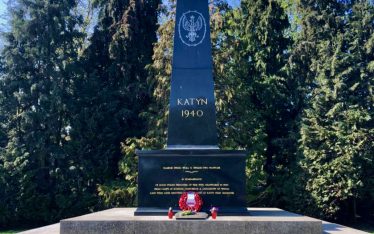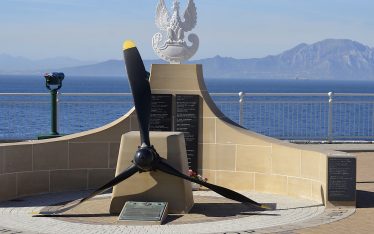10 February – Hundreds of thousands, possibly up to 1.6 million people interrogated, detained and forcibly deported to isolated regions of the far east of Russia. This would have been the news in 1940 when Poles were deported, had the media been aware. Unfortunately history has indeed repeated itself and these figures relate not to Poles but sadly to Ukrainians in 2023. They are estimates of those taken away from their homes, as stated by the US Ambassador at a UN Security Council meeting last year and these are ongoing Russian practices.
Most Polish deportees now rest in cemeteries around the world as well as in the icy regions of Siberia, the Steppes of Kazakhstan and Uzbekistan or the slopes of Monte Cassino but thankfully the Sybir Memorial Museum opened in 2021 in Białystok, eastern Poland to record the truth of the suffering of our families.
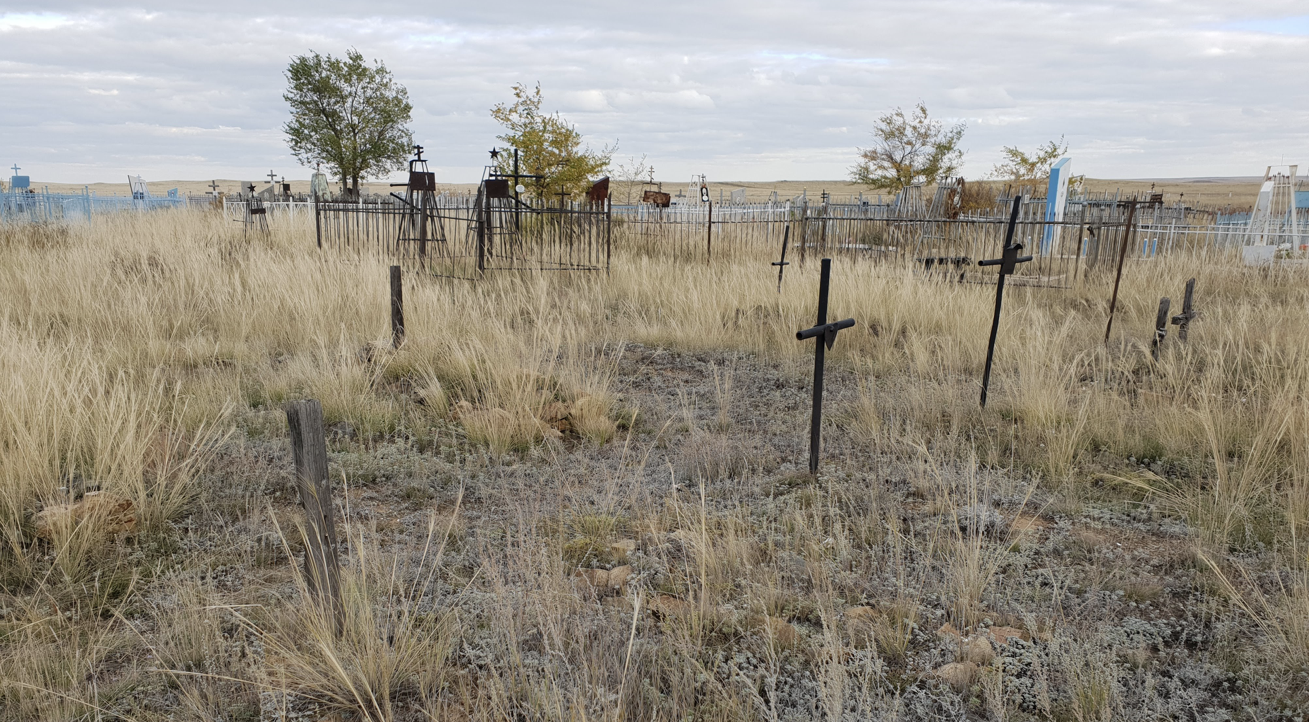
Majkain-Zoloto, Kazakhstan Polish cemetery
Few have objects left from those times but Sybiraks have asked that „Niech coś po nas pozostanie” – may something be left after us. My father had nothing left behind, though his family packed a trunk when they were deported which, with its contents was gradually sold for food. Others managed to throw a few possessions into a sheet and take that with them. Some smaller possessions such as a toy horse. scissors or a prayer book have survived and been donated to the museum.
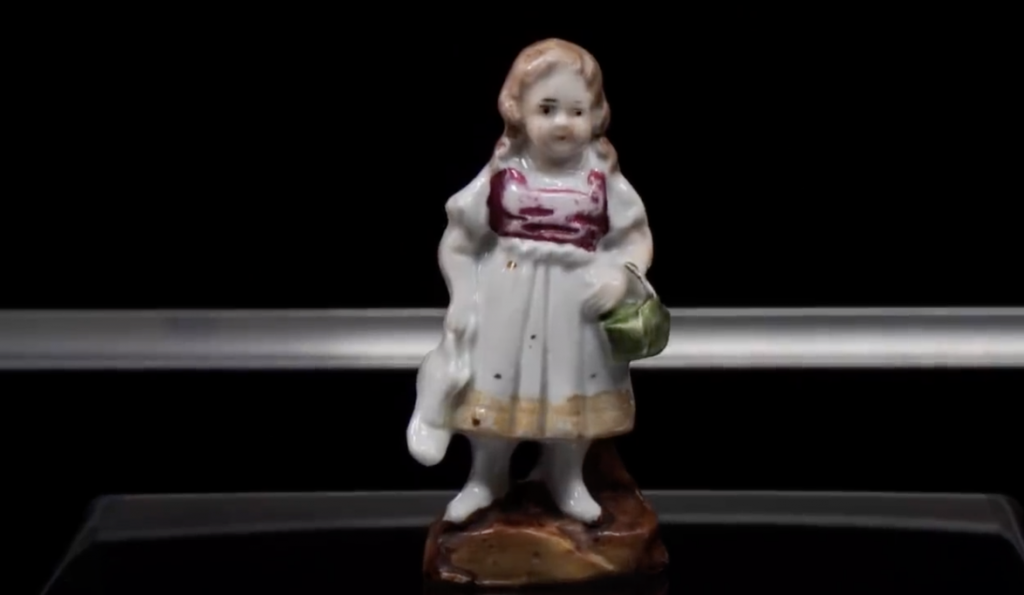
Doll belonging to Basia Młynarz
Maria Dzikowska and her three children were deported to northern Kazakhstan on April 13 1940 after her husband had been arrested. A pair of ordinary scissors helped them to maintain hygiene in the face of persistent lice; or a once beautiful porcelain doll, fiercely held onto as the sole reminder of a comfortable life, was not sold for a slice of bread and witnessed the history of Basia Młynarz, deported with her family in April 1940.
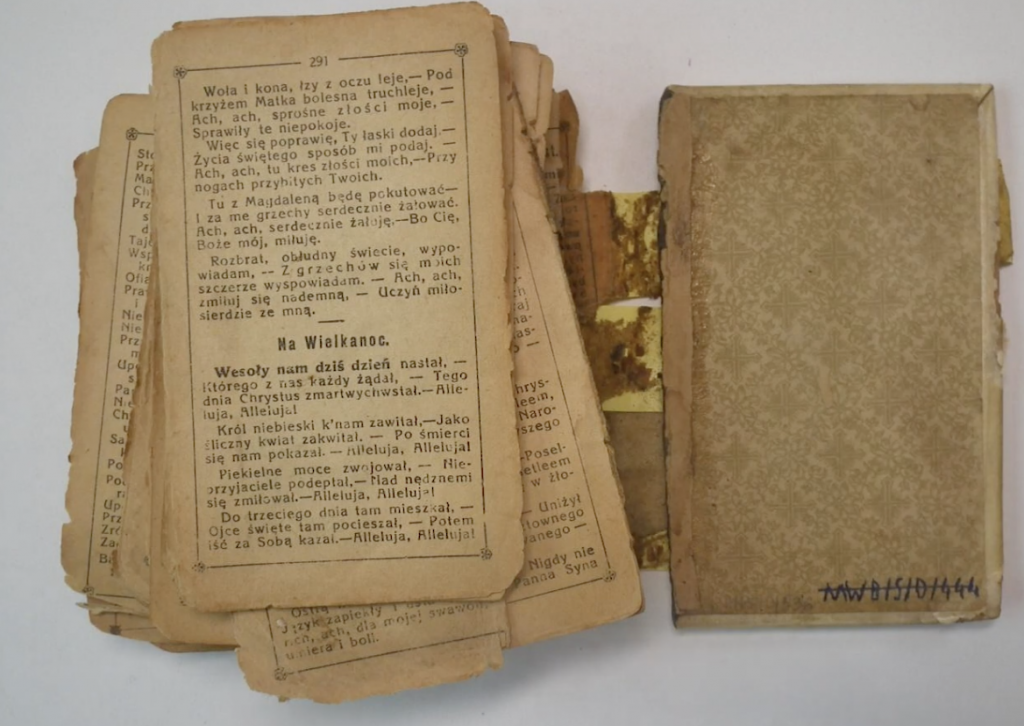
A prayer book belonging to Józef Jaworowski
The Sieczko family took this heavy and unwieldy sewing machine with them. It helped them survive by repairing clothes in exchange for bread. These and over 300 objects can be seen at the museum with exhibits also devoted to the Katyn Massacre and life in the Soviet camps and settlements.
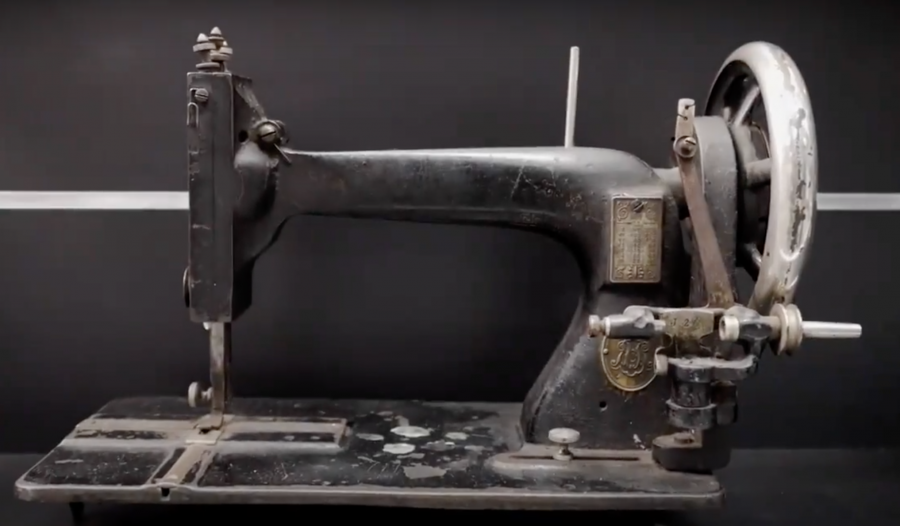
Sewing machine belonging to the Sieczko family
It is often the people who were left behind in Russia and returned to Poland after the war who have these possessions. Those who travelled south to the Polish Army and were evacuated to Iran often had nothing left. Everything, even wedding rings were sold for bread and train tickets to get there.
We, the families of those deported have to speak for them now, to remember and to explain to others what happened to our families in the spring of 1940. The current deportations are not headline news and families are suffering a similar fate again.
For more information you may wish to read:
Finally a museum about our Polish families in Soviet captivity
How did Poles deported to Russia in World War 2 escape, to fight on?
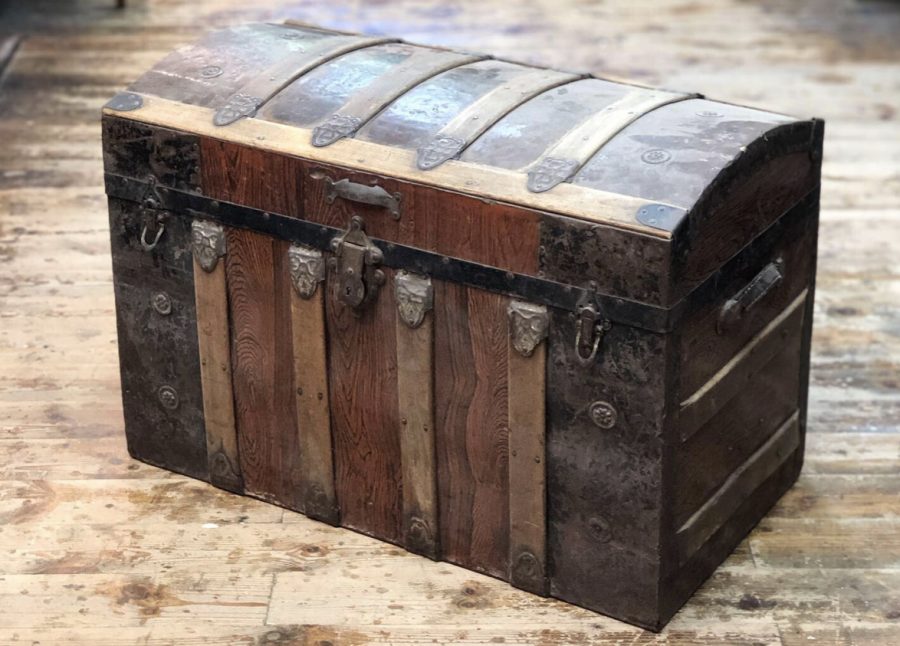

 1.Tracing Family History pre-WW2
1.Tracing Family History pre-WW2 2. Tracing Family History WW2
2. Tracing Family History WW2